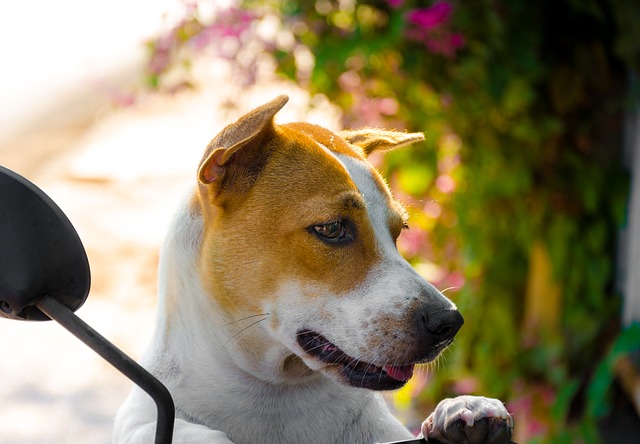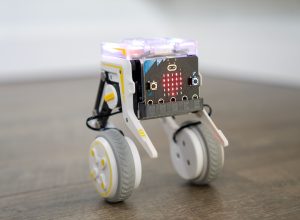In the past, if an owner lost their pet, they would need to resort to the traditional method of making flyers, physical searches, and word-of-mouth to find their furry friend. Nowadays, with the latest technology at our fingertips, pets who wander off can be easily located with the help of a pet finding app.
There are two major types of technology being used in pet finding apps today. In case of a pet owner’s worst nightmare coming true, you can find your dog or cat by downloading and installing one of various apps to your smartphone that offers different methods of tracking him or her down.
GPS Pet Locators
The most common of the two types of technology employed in pet-finding apps is GPS; a Global Positioning System that uses a link between a wearable device and the owner’s smartphone to show the pet’s location.

This wearable GPS device is usually integrated into a pet collar, harness, or as a tag to add to a normal collar. There are several types available on the market and they all offer varying pros and cons depending on what type of pet you have, if they lead an active life, etc. It is wise to do your research before choosing which pet-finding app and accompanying wearable GPS tracker is ideal for your four-legged friend.
Some of the more popular pet tracking apps are The Paw Tracker, Findster Duo, Tractive, Whistle, and Gibi. These brands offer different sizes and shapes of devices to add to your pet’s collar or harness which then connect to your smartphone via mobile app to display your pet’s real-time location.
Animal Facial Recognition
The second and more recent kind of technology being used in pet finding apps is facial recognition. Still much in development stages and ever-evolving, there are some apps taking full advantage of digital facial recognition software to help owners find pets who have gone missing.
If you lose your cat or dog, you can download one of these apps and upload a photo of your pet where you can clearly see their face. In the past, these technologies worked by requesting that the user indicate exactly where the nose and eyes were but they have now advanced to be able to analyze the photo digitally and use up to 138 points to identify an animal’s individual facial features.
The app then scans the photo and compares it with its database, which is comprised of photos uploaded by local shelters and organizations within the animal sector including veterinarians’ clinics and adoption centers to display all of the matches to the user. The owner can then search for their lost pet online as well as any offline strategies they choose to employ, thus improving their chances greatly of finding them.
The most well-known apps of this kind are PiP and Find Rover. These companies claim a 98% accuracy of their facial recognition technology and are constantly improving their app by altering the algorithms they use.
These apps also send out alerts to rescue organizations and through social media so that people are made aware and can find the owner in the case that someone brings in their pet.
Extras in Pet-Finding Apps
These apps are helpful to pet owners in many ways, solving issues and improving shared lives with pets. In addition to assisting in the location of a lost pet, many of these apps offer extras that can be used either in an emergency situation or as part of everyday life.
Within the apps that rely on GPS technology, there are also features that help to monitor your pet’s health and activity. Information such as temperature, pulse, and any abnormalities will be reported directly to your phone to make sure you are aware of the physical state of your pet whether they have run off or you are simply out for a walk with them.
Apps that are based on facial recognition software also include pet directories so that users can help other owners find their lost furry friends too and when you find an unaccompanied animal, you can use the system to help reunite them with their family.



